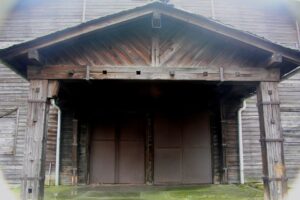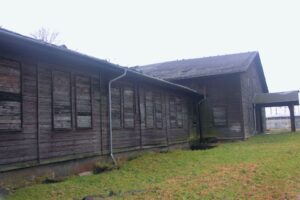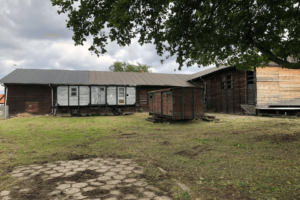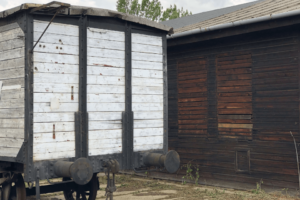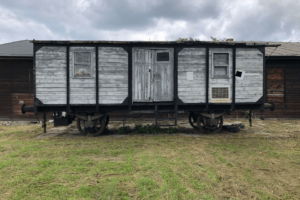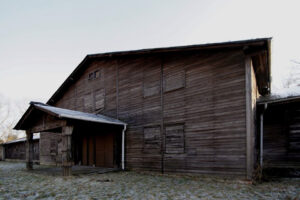The SS canteen at Auschwitz
Kameradschaftsheim der Waffen SS KL Auschwitz
The SS canteen at Auschwitz, the largest wooden building within the former network of German concentration camps in Europe, was constructed between 1941 and 1942 using forced and slave labor by the camp prisoners. This building served as a place of rest and entertainment for the SS men, both enlisted and officers, who worked in the Auschwitz-Birkenau complex.
The canteen is deeply intertwined with the martyrdom and Holocaust, as it was here that prisoners were compelled not only to perform slave labor in the kitchen and serve the SS men in the dining areas, but also to entertain them. Under duress, prisoners were forced to participate in concerts, theatrical performances, and cabarets, and even to engage in boxing matches for the amusement of their German captors.
The canteen was a central hub for both the official duties and the private lives of the SS men. It symbolizes the sharp contrast between the inhumane suffering endured by the prisoners and the relative comfort and leisure enjoyed by those who enforced the brutal regime.
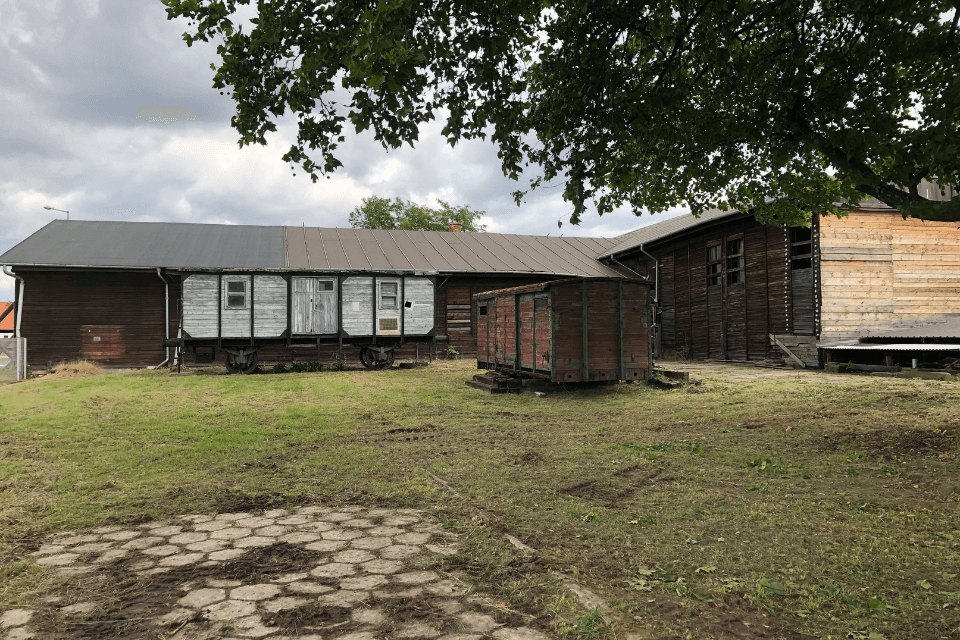
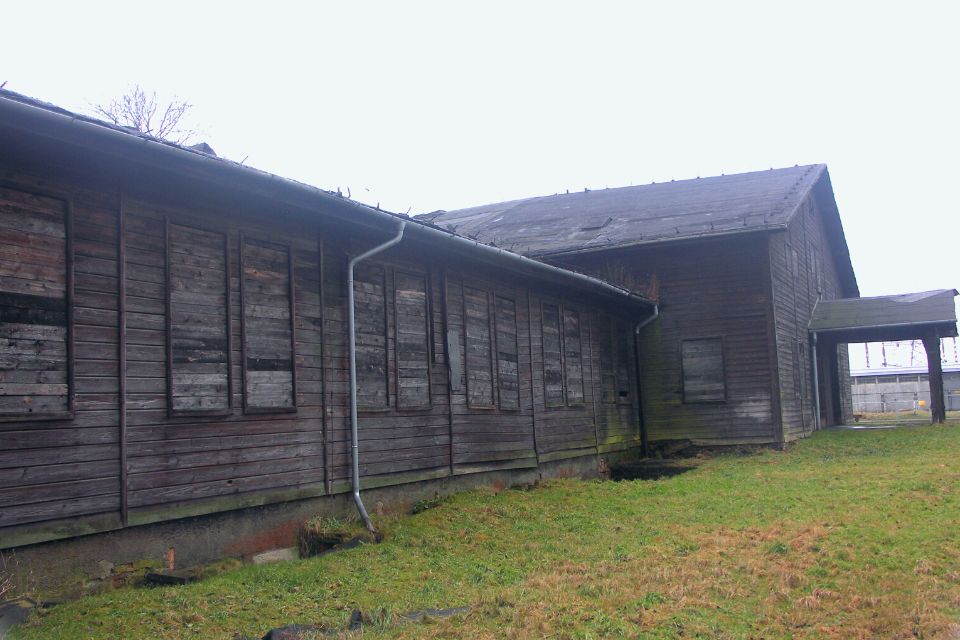
The SS canteen at Auschwitz, located just 450 meters in a straight line from the camp’s “Arbeit Macht Frei” gate, was a place of stark contrast to the suffering around it. It served as the center for the daily life of the camp’s SS crew, providing meals—breakfast, lunch, and dinner—as well as a venue for lectures, training, ceremonies, and social events. After their shifts, SS officers and staff enjoyed a range of recreational activities such as concerts, film screenings, and drinking sessions with beer and vodka, all while the camp’s death machinery continued its horrific work nearby.
Officers would bring their wives and children to the canteen, where movies like “Puss in Boots” (“Der gestiefelte Kater”) were shown during morning film sessions. All of these activities were facilitated by prisoners, who were forced to serve and entertain the SS and their families.
The canteen was a barack-style building constructed of wood on a masonry foundation, oriented along a north-south axis in the shape of a cross. The eastern wing housed the kitchen and all social facilities, located adjacent to the railway ramp. The western wing contained the officers’ hall and a separate canteen or “shop/bar.” The central wing, the largest at 60 meters long, was an enormous hall capable of seating 2,000 people, ending with a full-sized theater stage equipped with a prompter’s box and a cinema screen on its southern side. The northern side featured the main entrance, above which, on the first floor, there was a projection booth for showing films.
This structure served as a grim symbol of the moral dissonance between the day-to-day lives of the perpetrators and the unspeakable suffering they inflicted just a short distance away.
Support Heritage – Create the Future
Support the Foundation
Your financial support is a drop that creates waves of change. Thanks to your generosity, we can continue our work by protecting important historical sites, conducting research, organizing educational events, and engaging the local community.
By clicking ‘Donate,’ you will be redirected to the PayPal page, where you can quickly make a donation to support the Foundation. You can also transfer funds directly to our bank account (details in the footer).

